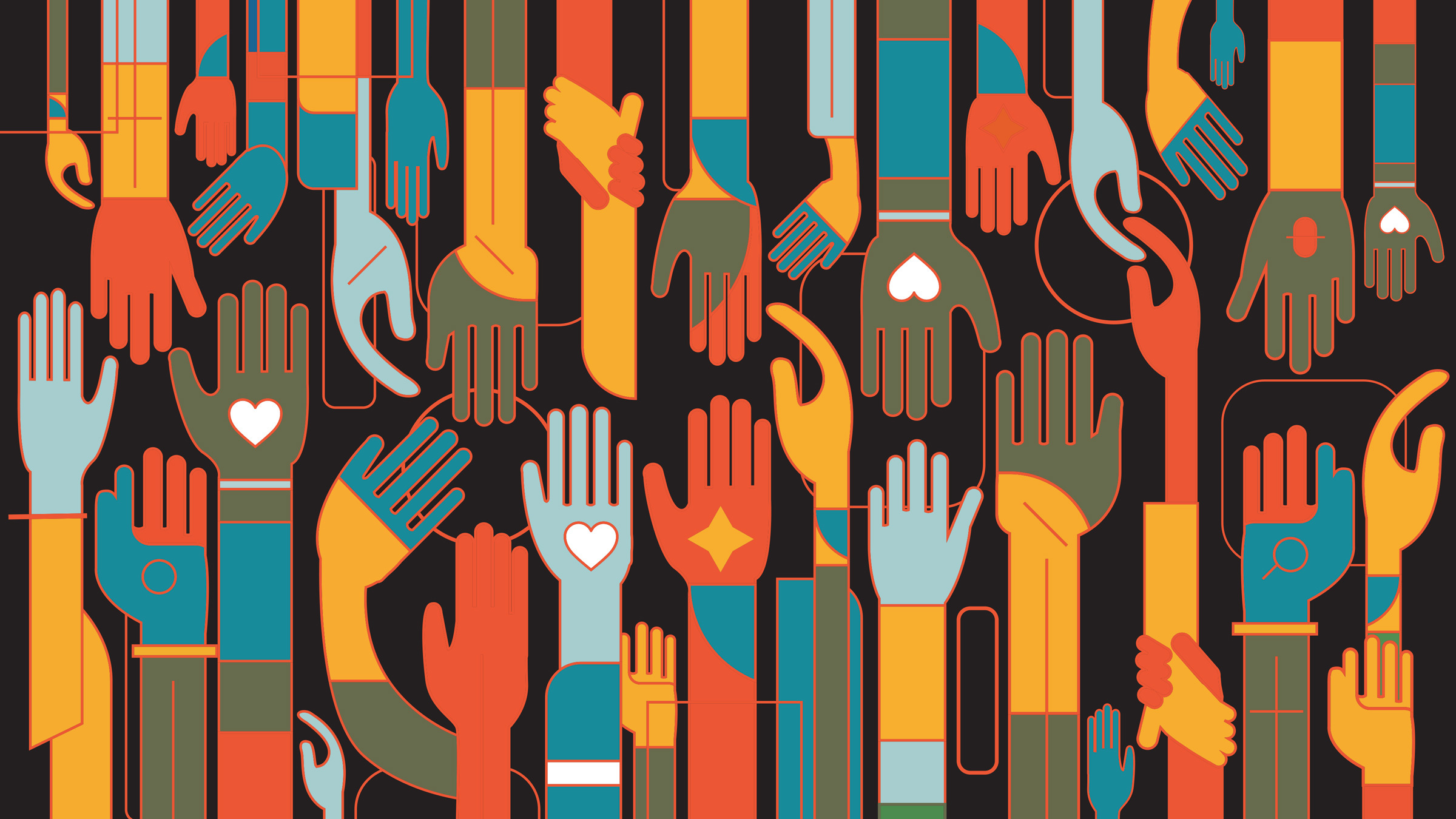The Indian Institutes of Technologies (IITs) have a sterling reputation and are famous for the success of their alumni, which creates a tremendous demand for entrance. To increase chances of admission, parents hire coaches for their high-school-age children whom they hope will attend IITs. In some households, only the sons receive the coaching, and the daughters are deprived due to socioeconomic and geographical barriers. This difference in opportunity is one reason that until recently only 8% of IIT students were female.
To become more inclusive, since 2018 India gradually raised the lower bound for the percentage of female students at IITs, reaching the target of 20% in 2020. The reception of the faculty and students to such a change likely depends on how they feel about the value of diversity, equity, and inclusion (DEI). To test the waters, we report the reaction to a DEI talk in India at a conference on computer science education. The audience was composed of computer science faculty members and senior students. While interacting with the audience, it was clear that some thought all is well with regard to DEI, because all was well with them.
Self-reflection and statistics are ways to increase awareness. To start, we asked the audience whether they were familiar with DEI. Their answers:
50% were not familiar.
25% were somewhat familiar.
25% were very familiar.
We also asked how diverse was their workplace:
40% said there was good diversity.
25% said it was OK but needs improvement.
35% said it was poor.
It was clear that many in the audience wanted to better understand DEI, so we gave the following definitions:
Diversity brings people with a variety of backgrounds and experiences together, which leads to a breadth of viewpoints, reasoning, and approaches.
Equity helps fairness in distribution of resources and being impartial.
The main challenge is in achieving inclusion as it depends on how welcoming the community is in embracing diversity.
However, like many teaching moments, understanding can be at superficial level until participants are given a good analogy. Suppose we threw a high-society dinner party. To show that the hosts believe in diversity, they invite people from a low socioeconomic class. If every guest of the party gets to relish the same food items irrespective of their backgrounds, the dinner offers equity. However, if individuals from high socioeconomic class do not converse with those from low socioeconomic class, then these individuals feel left out because they were excluded. This separation happens because the community is not aware, not empathetic, or simply does not care about inclusion. The inclusion bottom line is that everyone on a team should feel a sense of belonging and that everyone is grateful for all their teammates.
Given a better understanding of DEI, the next question for many is what in practice can be done about it. Three examples are:
Curriculum. Apart from increasing the odds that our profession is diverse, we as teachers/researchers can also ensure the content taught is also diverse. The evaluation can be ‘diverse’ in that it can have many different components like written exams, short exams, orals, project work and presentation assignments. We can also maintain diversity in team formation making sure there are students from different strata participating, learning, and working together. Learning to be accommodative to new ideas and unfamiliar individuals can help transfer from their college experience into the rest of their professional career.
Women. ACM-W India has been highly active in organizing workshops and celebrations as a place for peer interactions for women. The events have expert lectures, panel discussions on contemporary issues faced by women at the workplace, and support workshops. For the younger generation, hackathons are organized and there is support for women to travel to such events. These opportunities boost their confidence by interacting with peers as well as experts. Learning the career journeys of established women professionals also builds hope and gives youth strength to achieve their goals.
Awards. Getting recognition by the professional community is equally important to having opportunities to make one feel like they belong. Keeping DEI in mind, ACM India has started several new awards that cater to students, early career researchers, women, and curriculum (see https://india.acm.org/awards).
The feedback from the workshop attendees was quite positive—many felt they now better understood DEI, and that they would try to help support DEI at their home institutions. What can others learn from this experience to raise DEI issues where they work?
As is often the case in the classroom, a good analogy made it much easier to understand the issues than only defining the official jargon.
Simply asking questions got attendees to think about DEI locally, which we believe made them receptive to illustrations of how to implement DEI.
Another take-away is that, if there is a sense of belonging and gratitude in every person involved in a team or organization, it will surely improve inclusion.
We emphasized that computer scientists design technology to make someone’s life better. Having diversity in our fields helps us to build technology that tries to make everyone’s lives better. Following DEI practices means all can participate and benefit from new technologies that play increasingly important roles in the modern world.




Join the Discussion (0)
Become a Member or Sign In to Post a Comment